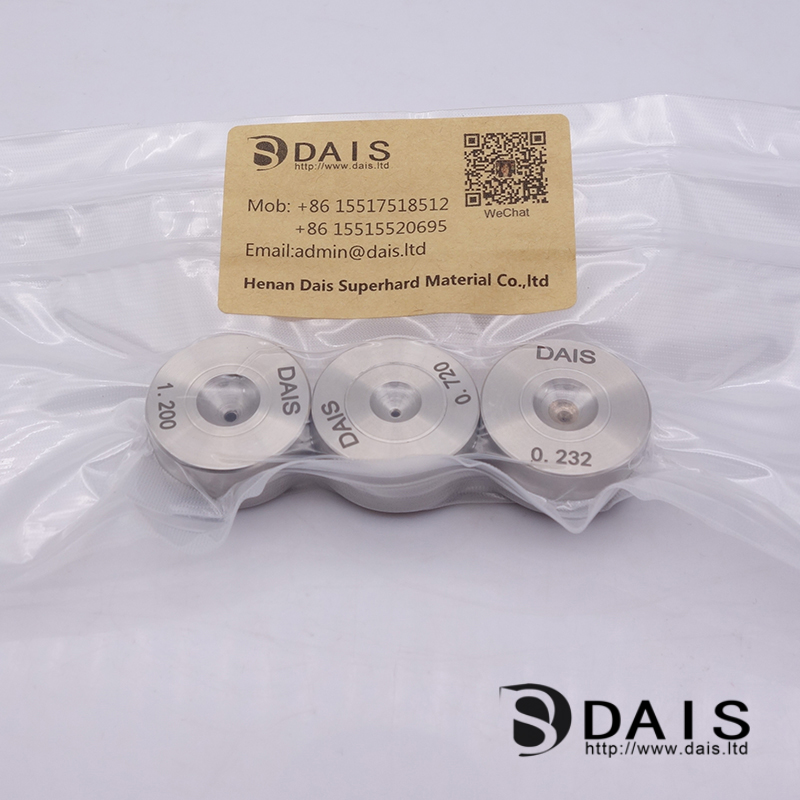Search

ADD:Building 123, Phase 3, Enterprise Base, No. 1 Lianhua Street, High-tech Industrial Development Zone, Zhengzhou, Henan, China
MOB.: +86-15517518512
MOB.: +86-15515520695
E-MAIL: admin@dais.ltd

Repair of
1. Cleaning: Simple cleaning to remove oil stains and impurities where repairs are needed, otherwise During the repair process, there is poor power supply and spark splashing.
2. Rolling rate: The maximum rotation speed of welding is that the pulse output current forms the fused junctions on the material to be closely arranged, and the rotation speed should not be too fast, otherwise there will be a small amount of material peeling and small pores after repairing and polishing.
3. The contact point between the welding gun and the mold: the smaller the contact area between the welding gun and the repair material, the better the pressure is, the greater the current density (the more concentrated the current), the greater the heat of the welding point, and the better the bonding degree of the repair material. good. The power data shown on the shell of the supplementary material is the power requirement when the electrode rod of the φ5mm standard welding torch is in contact with the flat supplementary material. The larger the contact area of the welding head with the same power, the dispersion of the current and the unsatisfactory effect after the repair. On the contrary, if the contact area is too small, the repair During the process, it is easy to cause the filling material to melt and splash and the surface to be uneven.
4. Posture and pressure: When repairing, it is better to set the welding torch and the mold surface at 45 degrees, and apply a certain pressure to the welding torch. The pressure depends on the roughness of the defect surface. If it is not smooth, the surface with more impurities should use more force.